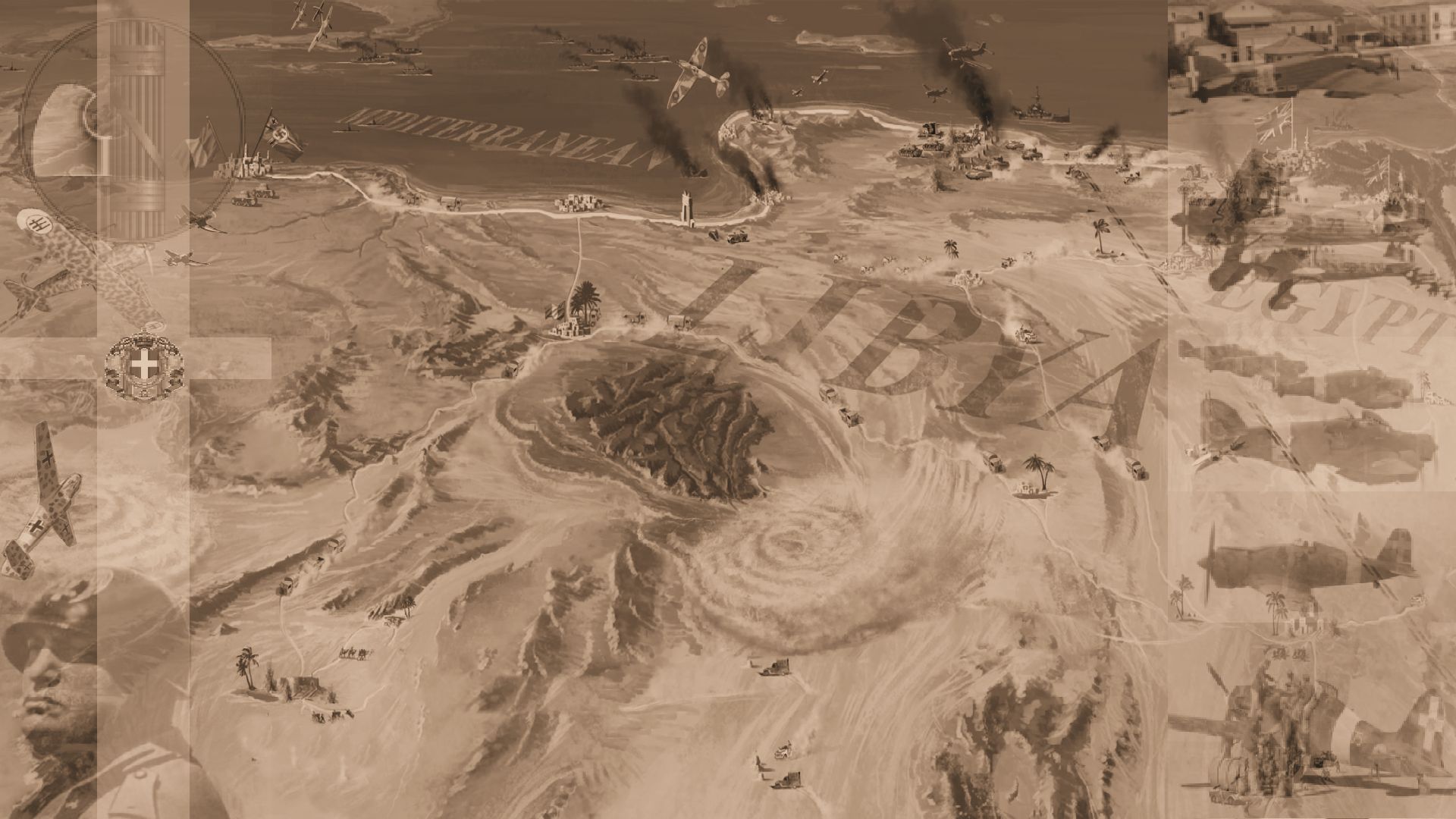The Macchi C.200 'Saetta' (Italian: 'Lightningbolt'), or MC.200, was a World War II fighter aircraft built by Aeronautica Macchi in Italy, and used in various forms throughout the Regia Aeronautica (Italian Air Force). The MC.200 had excellent manoeuvrability and general flying characteristics left little to be desired. Stability in a high-speed dive was exceptional, but it was underpowered and underarmed for a modern fighter.
Development
After the experience in Spain with the Fiat CR.32 during the Spanish Civil War, the demand from pilots was for a faster and more modern aircraft was quickly implemented by leaders of the Regia Aeronautica. It was for this purpose, on February 10, 1936, that specifications for the supply of an interceptor fighter with a maximum speed of 500 km / h, rising to 6,000 meters in 5 minutes, flight duration of two hours and armament of one or two machine guns of 12.7 mm calibre were requested. The Macchi Company entrusted the project to engineer Mario Castoldi and the MC.200 (eng: 'Thunderbolt'), sometimes named 'Macchi-Castoldi', from which the initials MC were used as well as 'C.200' for the aircraft development. The technical specifications that it had a low-wing monoplane wing configuration, the adoption of a retractable landing gear, and that Macchi used the Fiat A.74 radial engine. Thus were born, almost simultaneously, the projects of the Fiat G.50 and Macchi C.200, the latter being considered in many respects superior in design and operation.
Back to Top
Into service
The first C.200's are delivered to the Regia Aeronautica in 1939, and on June 10, 1940 frontline numbers were only 144, half ready to use, with the 6th Group 1 º Stormo in Sicily and the 152 ° Gruppo of 54 ° Stormo Vergiate. On November 1, the C.200 gained its first victory, when a Sunderland on a reconnaissance mission was attacked just off of Augusta in Sicily. With the arrival, towards the end of December, the X ° Fliegerkorps in Sicily, C.200's were assigned to escort the Ju87's of I/StG.1 and II/StG.2 in their missions on Malta. At that time the Ju 87 's, in fact, had not yet adequate protection till the arrival of the Bf109s of 7./JG 26.
Yugoslavia
Some units saw action in Yugoslavia with the 4th Squadron on April 14, 1941. 20 C200's of the 10th Group performing an offensive sweep up to 100 km south of Karlovac, but did not encounter any enemy aircraft. The actions on the Yugoslav front ended on April 17. For eleven days, the 4th Squadron C200's did not lose any aircraft and destroyed on the ground 20 seaplanes, damaging ten others. They also set fire to an oil tanker, mechanized vehicles and destroyed airport facilities.
Back to Top
Russia
In August 1941, the 22 ° Gruppo Autonomo Caccia Terrestre with the 359th, 363rd, 369th and 371st squadrons with 51 C.200's between them, were sent to the Eastern Front. They were subordinate to the Italian 8th Army in Russia (Armata Italiana in Russia, or 'ARMIR'). The Grouppo accomplished their first missions from Krivoi Rog August 27, 1941, resulting in eight aerial victories against Soviet fighters and bombers. On 4 May 1942, the Grouppo had reached its operational limit and was replaced by the 21 º Gruppo Autonomo Caccia Terrestre, composed of the 356th, 382nd, 361st and 386th squadrons. The 21st, commanded by Major Ettore Foschini, brought with it new Macchi C.202 and 18 replacement Macchi C.200s. In the summer of 1942, following the German advance, the 21 ° Gruppo moved first on the airport of Makeyevka, and later on, airfields of Tazinskaya, Voroshilovgrad and Oblivskaya. The Italian pilots more often were required to escort German aircraft and on 25 and 26 July five C.200's were shot down during aerial combat with the Soviets. Replacements from Italy with 17 C.202's were sent to strengthen the deployment of C.200's, now worn by the incessant use. In early December, there were only 32 C.200s operational plus 11 grounded, as losses were heavy from fighting a more aggressive Soviet Air Force, with new planes arriving in large numbers. The last mass action with 25 airplanes was on the 17 January 1943 in the area of Millerovo. Aviation ARMIR began to be withdrawn on January 18 which was completed by mid-May 1943.
Back to Top
North Africa
Fitted with dust filters and designated C.200AS, 'Saettas' saw extensive use in North Africa. The Macchi's introduction was not well received by pilots when in 1940, the first C.200 unit, 4° Stormo replaced the type with the CR.42. The first combat missions were flown as escorts for Savoia-Marchetti SM.79 bombers attacking Malta in June 1940, where one C.200 was claimed by a Gladiator. On 11 June 1940, second day of war for Italy, the C.200s of 79a Squadriglia encountered one of the Sea Gladiators which had been scrambled from Hal Far, Malta and there were no losses but several Gladiators(unconfirmed) were claimed. The C200 with its sturdy construction, and its agility permitted skilled pilots to effectively fight against more modern designs like the British Hawker Hurricane and the American Curtiss P-40. However, its greatest weakness was the light armament of two 12.7 mm (.5 in) Breda-SAFAT machine guns with 370 rpg.
End of Regia Aeronautica
After the armistice there were only twenty-three C.200's transferred to Allied airfields in southern Italy, and flown for a short time by pilots of the Italian Co-Belligerent Air Force. A small number also flew for the pro-German National Republican Air Force based in northern Italy. A total of 1153 C.200's of all variants were built.
Back to Top



